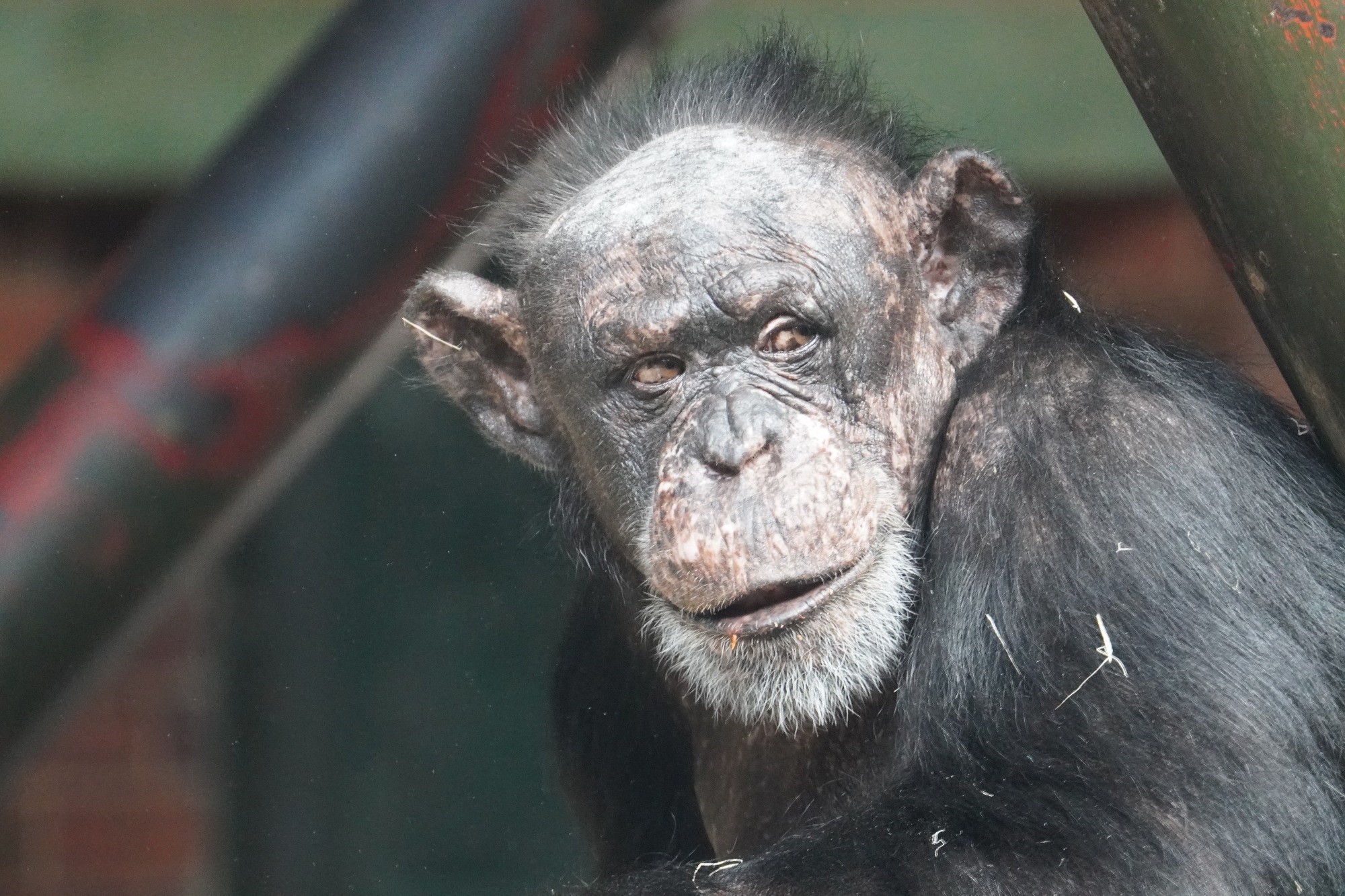In a paper published in the journal Scientific Reports, researchers explored early hominins' reliance on animal-sourced food by addressing whether these hominins obtained animal food through scavenging or hunting large mammals. The research suggested that saber-toothed felids left resource-rich carcasses, potentially aiding the early expansion of Homo into Europe.
 Study: Unraveling Early Hominin Foraging Strategies in Pleistocene Europe. Image credit: Colin Eaton/Shutterstock
Study: Unraveling Early Hominin Foraging Strategies in Pleistocene Europe. Image credit: Colin Eaton/Shutterstock
While some argued that giant hyenas occupied the scavenger niche in Eurasia, preventing hominins from utilizing it, this study showed that early hominins could successfully compete for these resources. Simulation experiments emphasized the importance of group size in scavenging success, highlighting that passive scavenging could be as effective as confrontational scavenging in the presence of strong competitors.
Background
Hominins arrived in southern Europe around 1.4 million years ago, settling during the Epivillafranchian period from approximately 1.2 to 0.8 million years ago. There has been ongoing discourse surrounding the various determinants that shaped the migration of hominins into Europe, with considerations ranging from shifts in climatic conditions, alterations in paleogeographical features, changes in faunal configurations, and many other environmental factors.
The accessibility of animal food resources for early hominins in the presence of the large European mammalian fauna, especially the carnivore guild, is a central question. While the debate between hunting and scavenging as primary foraging strategies for early Homo continues, scavenging has been a recognized behavior within the Homo genus since its origins, likely part of the early hominins' behavioral repertoire.
Proposed Method
This study conducted simulation experiments using SCAVCOMP-ABM version 40.254, an agent-based model developed within NetLogo 6.2.275. Agent-based modeling is a computational approach to replicate complex systems by defining behaviors of simulated entities (agents) based on simple rules to observe the outcomes of their interactions. Although a comprehensive description of the model is available following the ODD (Overview, Design concepts, and Details) protocol76 elsewhere, a brief overview is provided here. The model's terminology, as per Montgomery77, categorizes parameters subject to change as "factors," their values as "levels," fixed parameters as "constants," and output variables as "responses." Each simulation experiment combined different factor levels to explore their impact on response variables.
The Scavenging Competition Agent-Based Model (SCAVCOMP-ABM) aimed to assess the feasibility of scavenging as a foraging strategy for early hominins in diverse ecological scenarios characterized by varying carnivore guild compositions and group sizes. The model's environment comprised a 51x51 grid of cells, representing a 2601 km2 area in a homogeneous landscape, with each cell covering 1 km2. Agents in the model included groups of hominins and packs or individual members of large carnivore species present during the late Villafranchian and Epivillafranchian periods. Scientists categorized these agents as predators, including species like Homotherium latidens, various Meganthereon species, and Panthera gombaszoegensis, or as scavengers, such as Homo species and Pachycrocuta brevirostris. Notably, the model could incorporate a third agent type known as a hybrid, but these simulations excluded the hybrid agent. Agents within each group shared the same set of state variables, and distinct values for these state variables defined each species. A collection of rules specific for predators and scavengers determined the agents' behavior, with all agents of the same species exhibiting identical behavior.
The model ran for one or more years, where each hour represented a time unit without agent reproduction. Predators moved randomly and created carcasses with varying rates and nutritional content. Scavengers sought carcasses to survive, with energy expenditure linked to their metabolism and movement. Survival success considered the total scavenger species population at the simulation's end. The model included competition mechanisms like priority access to carcasses based on rank but did not simulate confrontational scavenging or kleptoparasitism.
Experimental Results
One notable feature of the SCAVCOMP-ABM54 model is its departure from central place-foraging models commonly used in other simulations of hominin foraging strategies. Unlike some models, SCAVCOMP-ABM54 portrays hominins as living in small bands that move between resource patches, exhibiting an optimal patch-use design. This strategy aligns with behaviors observed among non-human primates like chimpanzees and baboons, suggesting that the European hominins during the Epivillafranchian period may have had a different foraging approach than their African counterparts. Most early Pleistocene sites in Iberia, where these simulations are focused, are interpreted as foraging sites rather than central base camps, further supporting this distinction.
Additionally, the simulations highlight the significance of scavenging as a viable food procurement strategy for early hominins in southern Europe. It underscores that the distinction between passive scavenging and kleptoparasitism becomes blurred in the presence of strong competitors like giant hyenas. Group size, however, played a crucial role in maximizing the energetic efficiency of scavenging, emphasizing the importance of group cohesion and cooperation in early hominin survival. This scavenging strategy, which did not necessitate advanced technology but relied on social dynamics, likely provided a valuable source of meat and fat for Homo species in Europe, particularly during resource-scarce periods like winter.
Furthermore, the study underscores that scavenging, a behavior observed in contemporary carnivores and modern human hunter-gatherer societies, could have been a crucial resource for early hominins, especially in resource-scarce periods. It hints at the potential influence of scavenging on early hominin social dynamics, cooperation, and communication, possibly contributing to the development of complex behaviors and even language. Scavenging is a significant component in understanding early hominins' evolution and survival strategies in their European environment during the late-early Pleistocene.
Conclusion
In summary, the SCAVCOMP-ABM54 model sheds light on early hominin foraging behavior in Europe during the late-early Pleistocene. It suggests they lived in small bands with an optimal patch-use strategy, differing from their African counterparts. Scavenging was vital, impacting social dynamics and contributing to the development of complex behaviors and language. The Pleistocene period highlights the importance of scavenging in early hominin survival and evolution in Europe during this period.